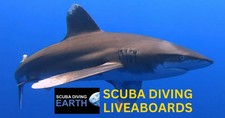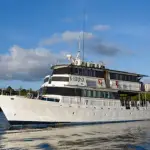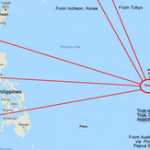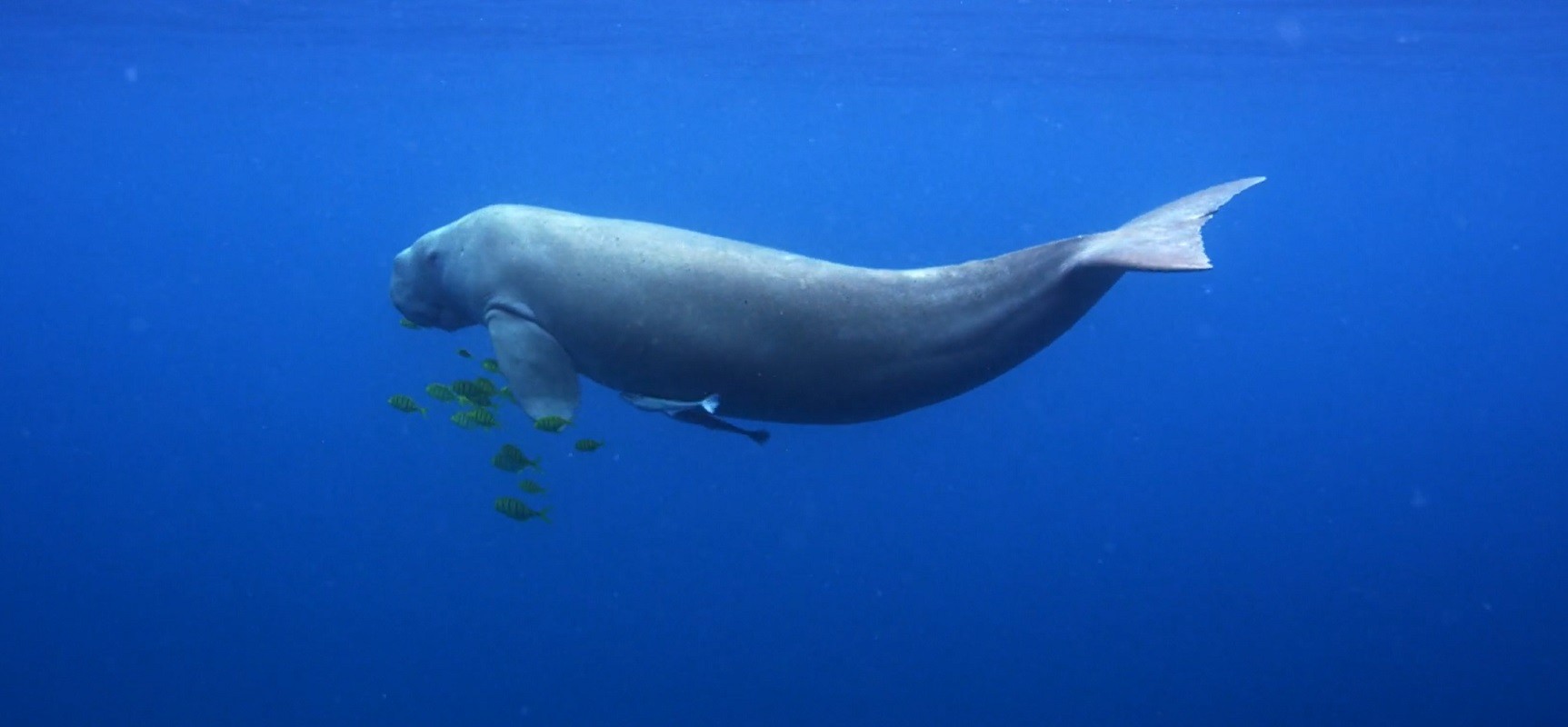
Papua New Guinea Liveaboard Diving
Liveaboard Diving At The Birthplace Of Muck Diving And Dive With Mantas and Hammerheads
Popular Papua New Guinea Liveaboards
|
MY Febrina; Liveaboard diving in Papua New Guinea; 8.8 out of 10 and is rated 'Fabulous'; from £286, $349, €326/day. Customer Review: ”Dive guiding at its best. Febrina has a sort of cult status among divers interested in taking pictures of creatures rarely seen. Let me just say that I have the top five photos of my ”all time greats” collection after a single trip on Febrina. My camera was guided by Digger who accompanied me one to one during some of the dives fellow divers were not enthusiastic about. Yes, we dove some of the sites more than once, but you are bound to miss something on each dive, so I found this an advantage when planning the best possible photo/video shots. Digger’s experience is matched by the enthusiasm of divemaster Jocey creating a lively atmosphere on the boat and in the water. She even has a divesite named after her… Considering the price the boat is OK, the food is fine and divers move in and out of the water using a comfortable platform at the end of the boat, so even the physically challenged feel safe. What you really pay for is the unbelievable variety of species coupled by some of the best guides I ever went under with. Febrina is frequented by returning divers for a reason, and I will join them in the future.” Recommended for: Photo/video opportunities, selection of divesites, knowledge of guides. |
|
MY Oceania; Liveaboard diving in Papua New Guinea; 8.8 out of 10 and is rated 'Fabulous'; from £337, $411, €384/day. Customer Review: ”Fish fest in the Bismarck Sea. Well run, comfortable boat with healthy reefs and easy diving. The Vitu Islands itinerary gives you a nice mix of reefs and muck dives, and though you are in quite a remote corner of the world, they do everything they can to make things as easy as possible. Keep in mind that for the time being, Visa on arrival is suspended, and local immigration can be slow and difficult to get a hold of. Plan for this.” Recommended for: Fish, muck diving, tasty dinners. |
TO SEE ALL PAPUA NEW GUINEA LIVEABOARDS SCROLL TO THE TABLE BELOW
Liveaboard Diving in Papua New Guinea
Papua New Guinea liveaboard diving is about an underwater photographer’s paradise at the birthplace of muck diving, to World War II wrecks of aircraft, ships and submarines, to diverse marine life that includes nudibranchs and macro life, dugongs, manta rays and hammerhead sharks.
Liveaboard diving Papua New Guinea is like diving in an amazing aquarium, with great marine life, World War II wrecks and the chance to muck dive where muck diving was invented.
Marine Life and Sharks in Papua New Guinea
Marine life seen in Papua New Guinea include plenty of turtles, dugongs, large shoals of barracuda, cuttlefish, clownfish, grouper, lionfish, moray eels, garden eels, plenty of health soft and hard corals with the usual reef fish in abundance.
Papua New Guinea sharks species include blacktip reef sharks, grey reef sharks, nurse sharks, oceanic whitetip sharks, scalloped hammerhead sharks, silky sharks, whale sharks and whitetip reef sharks.
You may also see rays, such as blue spotted stingrays, manta rays, spotted eagle rays and other sting rays.
In addition to plenty of fish and dugong, you may also see dolphins, blue whales, humpback whales, orca, pilot whales and sperm whales.
Muck Diving Papua New Guinea Milne Bay
When muck diving Papua New Guinea’s Milne Bay you can find many muck critters such as:
- Octopus.
- Shrimp, including Emperor shrimp, Coleman shrimp, Harlequin Shrimp, mantis shrimp, Ocellanted Tozeuma shrimp, Anker’s whip coral shrimp, dragon shrimp and mushroom coral shrimp.
- Crabs, including Orangutan Crab, mosaic boxer crab and soft coral crabs.
- Many types and colours of nudibranchs.
- Frogfish, including painted frogfish, freckled frogfish and warty frogfish.
- Mandarin fish.
- Pygmy lionfish.
- Seahorses.
- Cockatoo waspfish.
- Ghost pipefish.
- Lobsters, including hairy squat lobster.
- Flatworms.
- Spanish dancers.
In case you’ve not heard the expression “Muck Diving“, muck diving is defined as diving on a muddy, sandy or silty bottom in search of tiny creatures, or ‘muck critters‘. Muck diving is all about taking it really slowly and looking carefully, as many of these creatures are tiny and can be missed very easily.
If you want convincing of how much fun this can be and how it becomes an underwater photographers dream, please watch this video of the array of muck critters found in Papua New Guinea.
Table of Papua New Guinea Liveaboards
This list of Papua New Guinea liveaboards is in descending customer rating order, so the liveaboards with the highest customer rating will be at the top of the list. To filter this table for the features that are important for your Papua New Guinea liveaboard trip, select from the list of filters below.
| Discover Liveaboard | Customer Reviews | Price Per Day | |
|---|---|---|---|
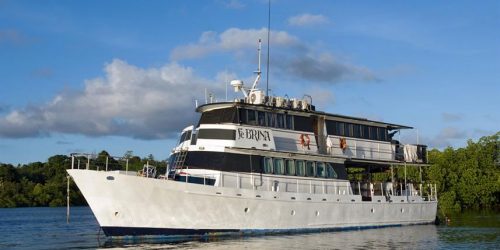 |
Review: MY Febrina; Book: MY Febrina | 8.8 Fabulous | from £286; $349; €326 |
 |
Review: MY Oceania; Book: MY Oceania | 8.8 Fabulous | from £337; $411; €384 |
Note: The above “Price Per Day” was correct at the time of producing this article, as was the exchange rate used to convert the GBP cost to US Dollars and Euros. For an up-to-date cost for your chosen liveaboard, please visit the “Book” link above.
Best Time To Papua New Guinea
Scuba diving Papua New Guinea is year-round, but conditions will be different depending on the time of year you visit. If you are looking to dive with manta rays in Papua New Guinea, the best time to visit is in September.
How To Get To Papua New Guinea Liveaboards
To get to Papua New Guinea, you need to fly to Port Moresby International Airport, also known as Jacksons International Airport, which is just outside Port Moresby.
Dive World War II Wrecks Of Papua New Guinea
Dive World War II wrecks of Papua New Guinea that include the Backjack, which is a World War II B-17 aircraft wreck sitting on the seabed at 48 metres (157 feet) depth.
I hope you enjoyed this page about Papua New Guinea liveaboard diving
I’d love to hear from you. Tell us about your adventures of diving and snorkeling, in the comments below. Please also share your photos. Either from your underwater cameras or videos from your waterproof Gopro’s!
If this article hasn’t answered all of your questions. If you have more questions either about snorkeling or scuba diving (or specifically about Papua New Guinea liveaboard diving), please comment below with your questions.
There will also be many more articles about scuba diving (and snorkeling) for you to read and learn about these fabulous sports.
Have fun and be safe!
Select Another Liveaboard Location
| All Liveaboard Locations |
| Discreet Liveaboard Locations |
